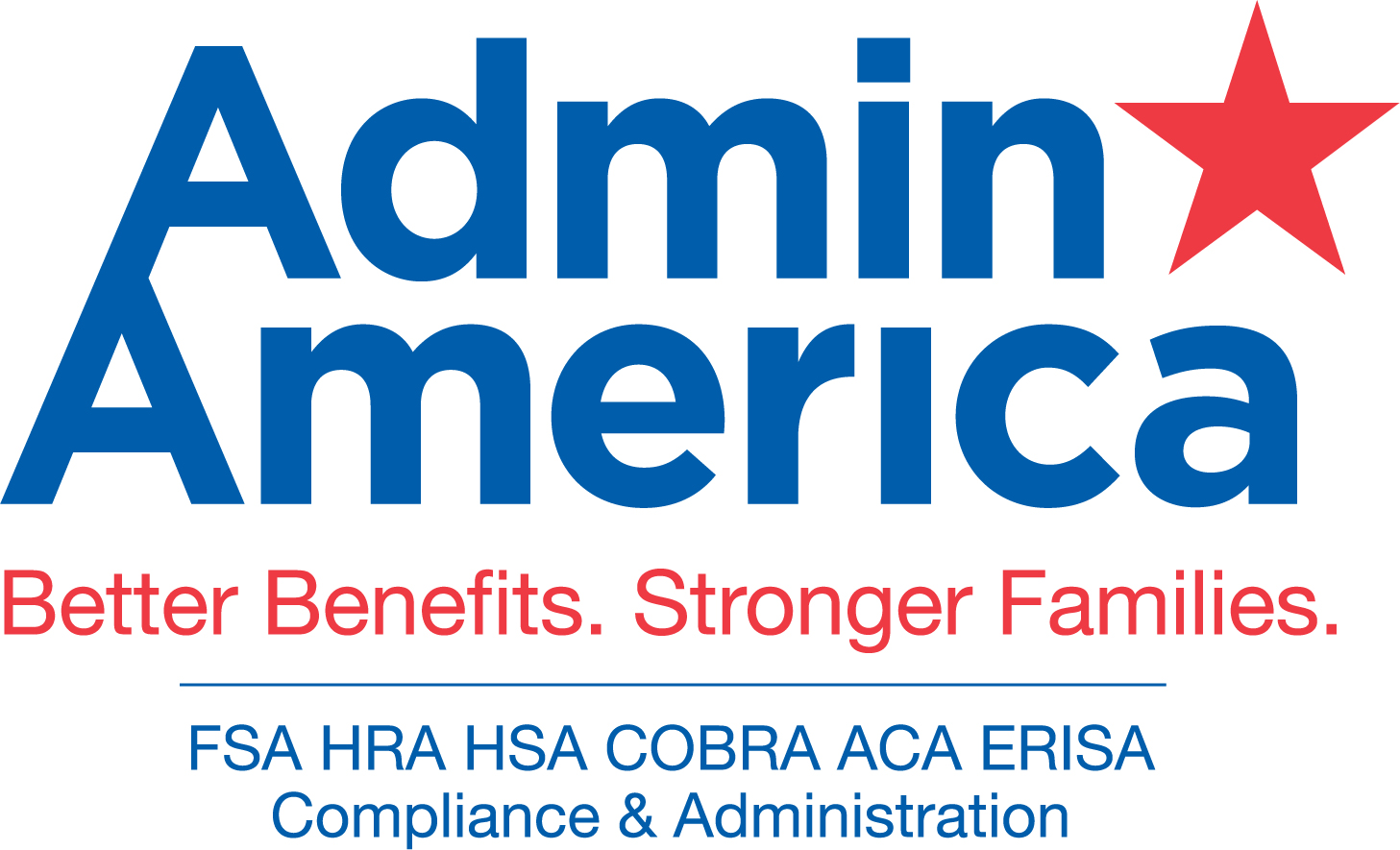December 31, 2020 marks the last day for employers can provide employees with up to $5,250 of tax-exempt student loan repayment benefits.
When Congress passed the Coronavirus Aid, Relief and Economic Security (CARES) Act earlier this year in response to the COVID-19 pandemic, it included a temporary provision that many employers do not know about. Under this provision Employers may make tax-free contributions of up to $5,250 per employee during 2020 toward employee student debt without raising the employee’s gross taxable income. In prior years, these contributions have been subject to federal, state and local income taxes for the employee and FICA payroll taxes for both the employer and the employee. In 2021, the current preferential tax treatment is slated to disappear.
Of course it is possible that Congress will vote to extend the preferential tax treatment for student loan repayment benefits into future years but even if they do not, employers across America are finding that these types of plans give them a competitive advantage in the attraction and retention of quality employees. While many people think about student loan repayment benefits being applicable primary to the youngest members of the workforce, student loan debt increasingly impacts employees across all age demographics. Millions of parents are repaying student debt they incurred for the benefit of their children and in 2017 the Consumer Financial Protection Bureau reports that senior citizens make up the fastest growing segment of the U.S. student loan market. By helping them get out of debt faster, student loan repayment plans can benefit all of these individuals and their families.
Admin America has partnered with BenefitEd, a leading provider of customized employer-assisted student loan repayment programs and college savings programs to help our clients take advantage of this unique opportunity. We also believe agents and brokers benefit by communicating these types of opportunities to their clients and prospects. If you would like more information about implementing a student loan repayment benefit program, you can request more information here.
IRS Finally Releases Updated 2019 PCORI Tax Rates
This week the IRS finally announced the applicable per participant PCORI tax rates for group health plan with Plan Year ending during the last three months of 2019. The applicable rate will be $2.54 per participant.
When the PCORI tax was introduced as part of the Affordable Care Act, it went into effect for Plan Years ending on or after October 1, 2012. The ACA provided for the tax to increase each year based on inflation with the increased rates going into effect each subsequent October 1. The increases have historically been announced by the end of each calendar year. Because the PCORI tax payments are due by July 31 of the following calendar year insurers and Plan Sponsors of self-insured group health plans had plenty of time to calculate their tax and prepare their filings.
Under the terms of the ACA, the PCORI tax would not apply to any Plan Years ending on or after September 30, 2019. Therefore, there was no need for the IRS to issue an annual increase for Plan Years ending in the fourth quarter of 2019. However, on December 20, 2019, President Trump signed the “Further Consolidated Appropriations Act” into law. The Act extended the PCORI tax for another 10 years.
At that point, plans with Plan Year ending during the first 9 months of 2019 knew that their tax rate for payments due this July would be $2.45 but we did not know the $2.54 rate for Plan Years ending during the last three months of 2019 until this week.
The new rates were announced in IRS Notice 2020-44. Additionally, this week the IRS published an updated version of Form 720 to reflect the extension of the PCORI tax and the new rate for Plan Years ending in late 2019. Insurers and Plan Sponsors of self-insured group health plans may complete their filings and make their tax payments at this time.”
More information about the PCORI tax, including which plans are required to file a return and pay the tax, as well as instruction for completing the process are available in a guide we wrote for clients this month. It is available online here.
2021 HDHP and HSA Limit Update
Each year in May the IRS releases the inflation adjusted limits for High Deductible Health Plans (HDHPs) and Health Savings Accounts (HSAs) applicable for the following calendar year. The limits announced last month for 2021 in IRS Revenue Procedure 2020-32 are as follows:
2021 HSA Annual Contribution Limits+ :
- Self-Only Coverage: $3,600
- Family Coverage: $7,200
+ Individuals age 55 or older as of the last day of 2021 may contribute an additional $1,000 to their HSA Account for that year.
2021 HDHP Minimum Required Annual Deductibles:
- Self-Only Coverage: $1,400
- Family Coverage: $2,800
2021 HDHP Maximum Annual Out-of-Pocket Expense Limits:
- Self-Only Coverage: $7,000
- Family Coverage: $14,000
The IRS Revenue Procedure 2020-32 can be found online here.
If you have any questions about these changes or any other rules pertaining to Health Savings Accounts, please submit them to Admin America via our online Q&A forum.
- « Previous Page
- 1
- …
- 5
- 6
- 7
- 8
- 9
- Next Page »



